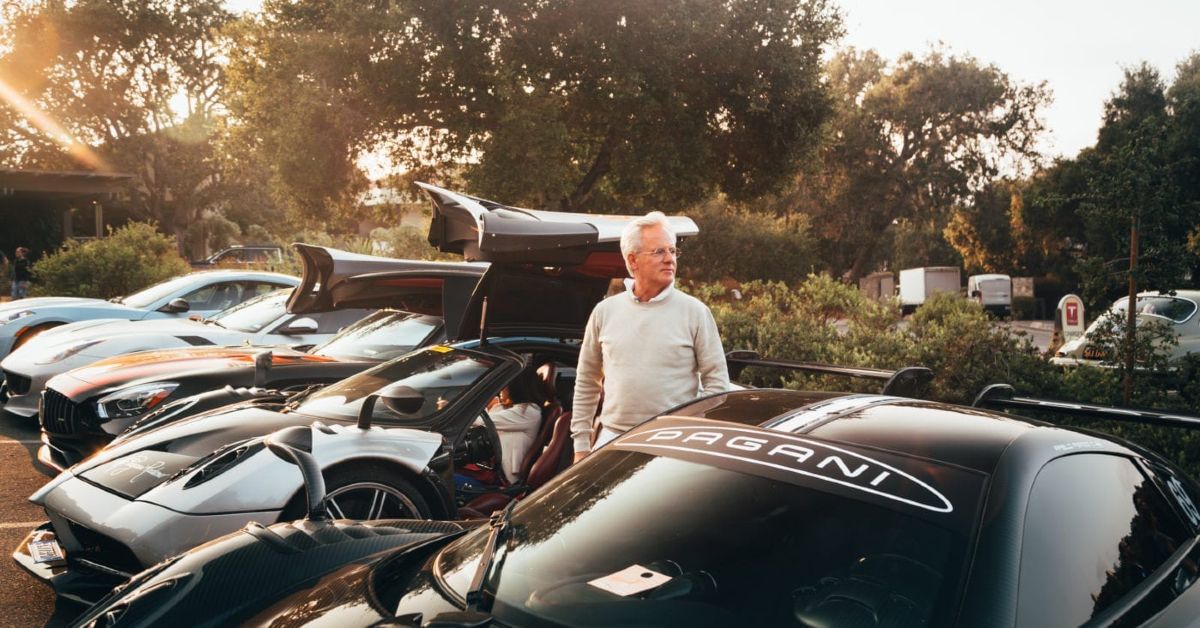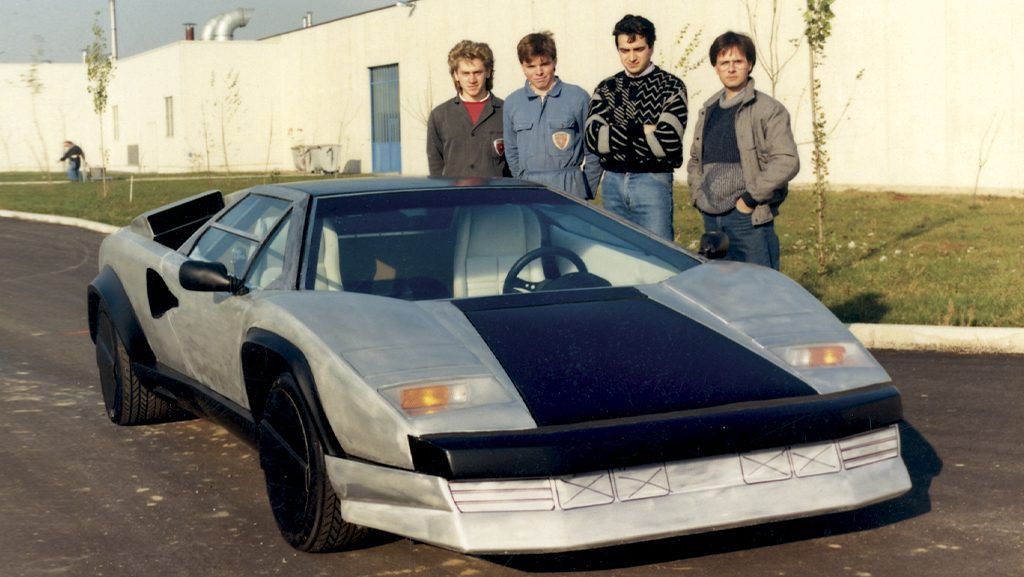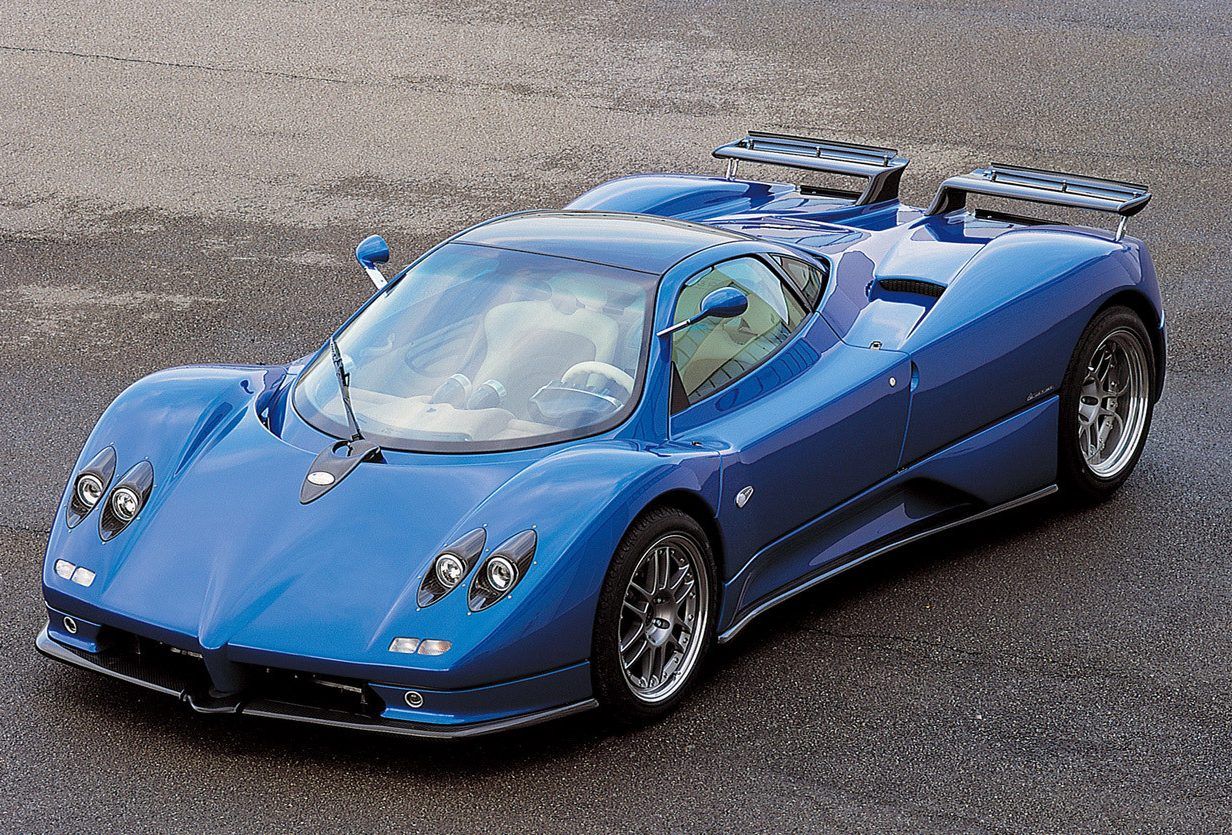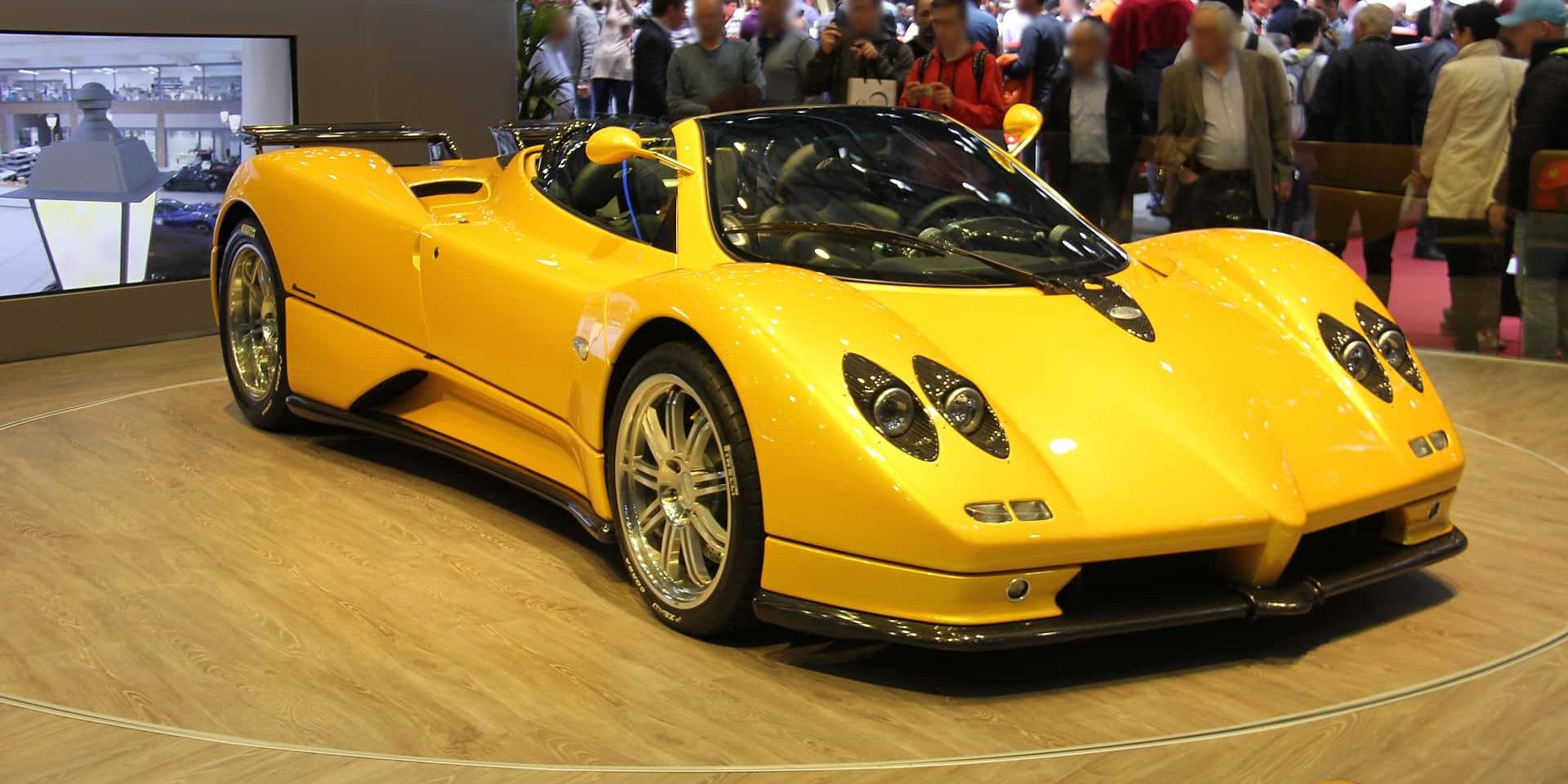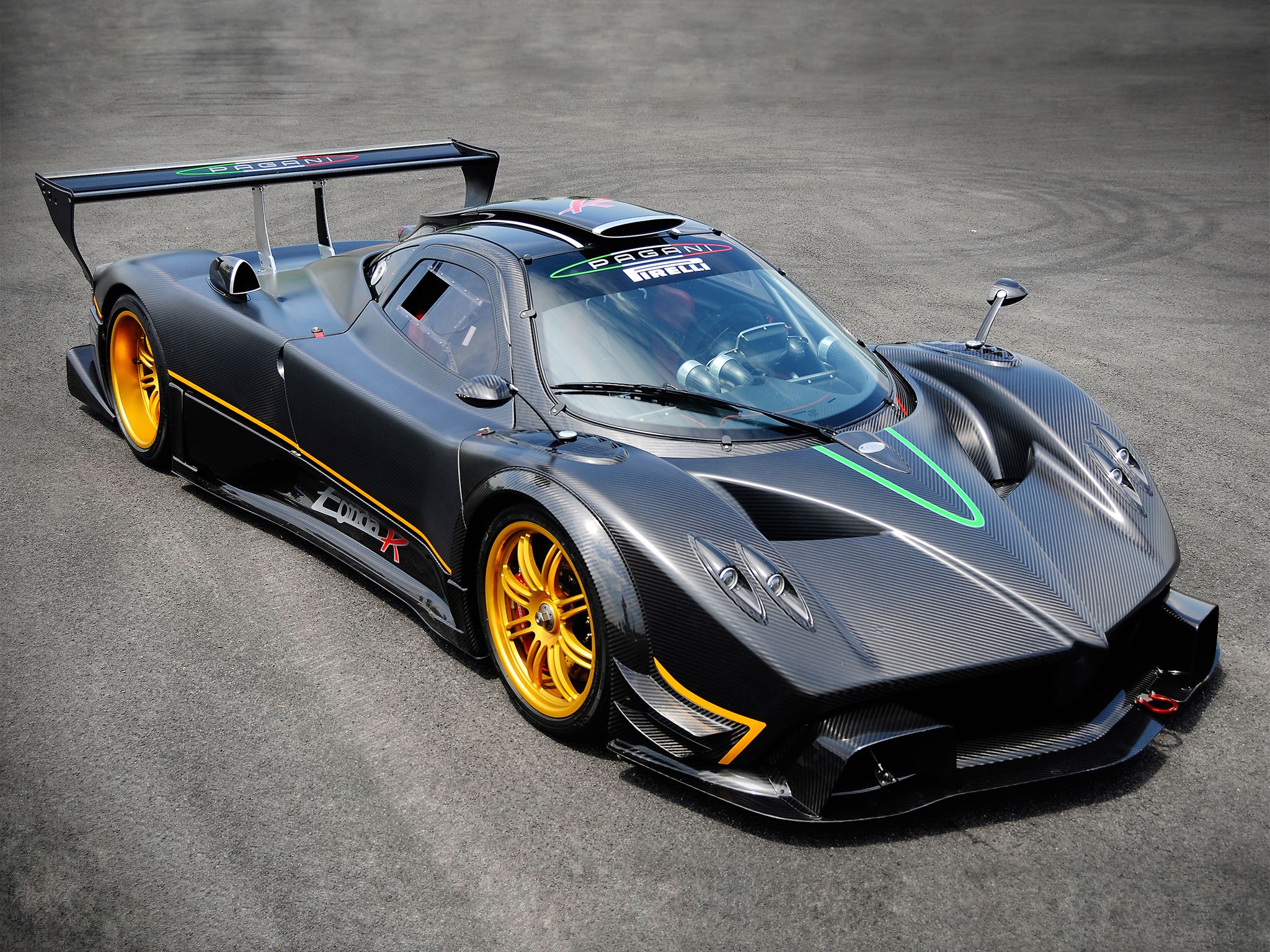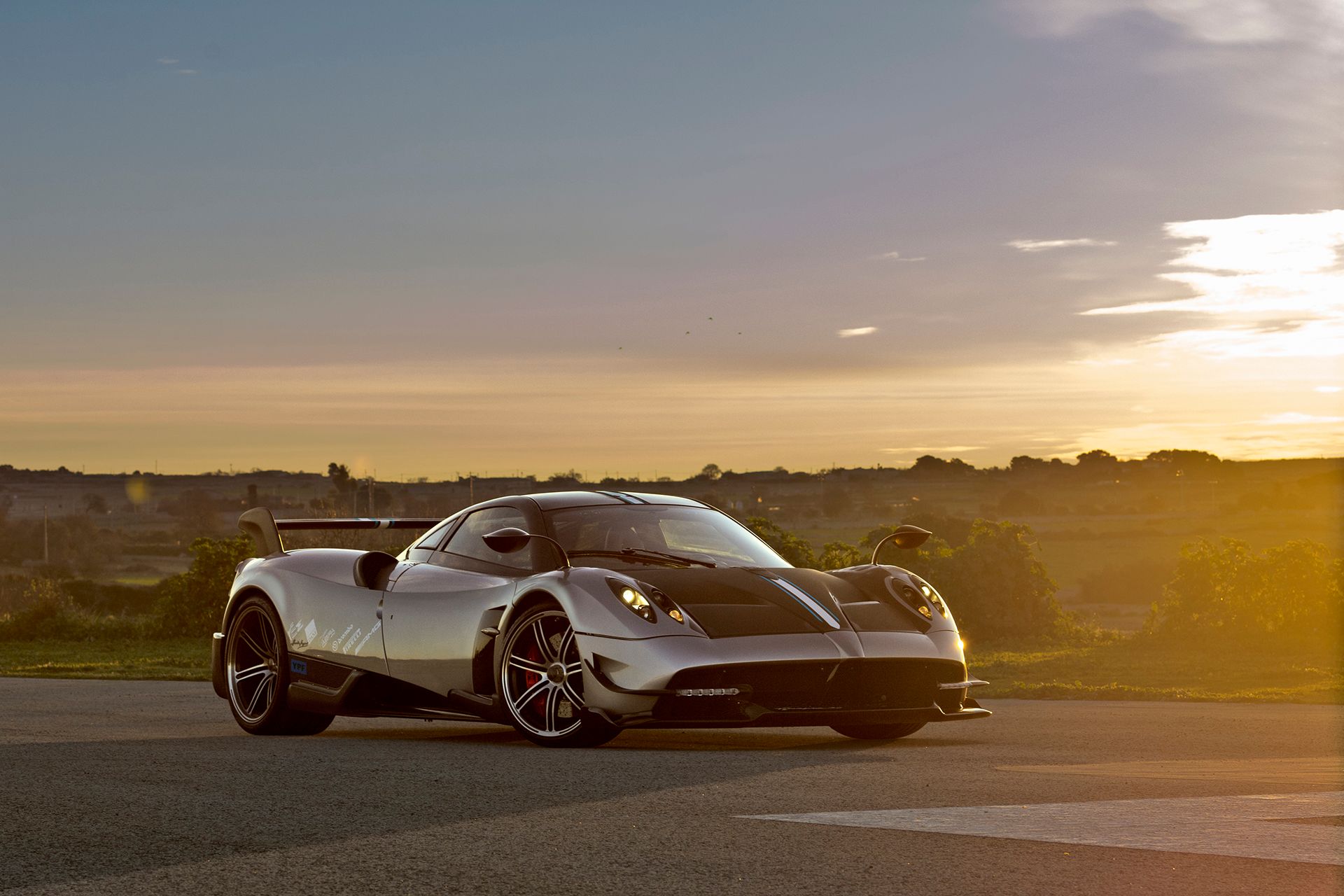Who would have imagined that the brand name Pagani was made by a boy full of dreams, passion, and ambition, and who just wanted to make the most beautiful car in the whole world? This is the story of one of the most passionate automakers: Horacio Pagani.
Pagani was born on the 10th of November 1955 in the grasslands of Casilda, Argentina. His mother, Maria Pagani, was an artist, and his father, Luca Pagani, was a baker. From a very young age, Pagani was attracted to cars. He used to make sketches and models with balsa wood and all the materials that a kid could find and use. When his friends were playing soccer, he was inside sketching his dream cars.
At the age of 18, Horacio started his industrial designing course along with a job at a local shop and started gaining knowledge. By the age of 20, he started his own Formula 2 race car project called Limitada Santafesina, a single-seater rear-engine car with a handmade fiberglass finish and a Renault engine fitted into it. Finally, Pagani F2 became a reality allowing Horacio to work with Renault's racing division, where he met five-time world champion Juan Manuel Fangio. This is where it all started changing.
Lamborghini Days
Fangio saw a talent hiding and stepped up to help Horacio by sending five letters of recommendation to big automobile companies. Pagani finally got the chance to work with Lamborghini. Initially, he was hired as unskilled labor. Still, it didn't take much time for him to get promoted, counting on his skills. Then, he started working on the carbon fiber concept Countach Evoluzione in 1987, which was a revolutionary car chassis for its lightweight and robust material. Pagani tried to persuade Lamborghini to buy an autoclave to extend the production of the carbon fiber material for the Countach. But Lamborghini didn't put the money on the autoclave, saying that Ferrari did not have an autoclave. Later on, Pagani bought one for his own use, putting everything on the line.
The Big Step
Working for others was not Pagani's destiny. In 1991, he left Lamborghini and found his way to Modena Design, where he continued to make carbon fiber composites for Formula One cars for clients like Ferrari, Aprilia, and Daimler. In 1992, he started building his dream car with his vast knowledge of carbon fiber and using it as much as possible for his first-ever project: the Pagani Zonda.
Still, once again, Horacio had to find the right engine for the car. Fangio introduced Horacio to the lead engineer at Mercedes-Benz, Dieter Zetsche, who helped Pagani with a powerful V12 engine to complete his masterpiece, the supercar Zonda. Horacio wanted to name the car after Fangio. Unfortunately, Juan Manuel Fangio died before the car was finished, so Pagani decided to call it Zonda, named after the wind blowing over the Andes.
The First Zonda
After seven years, in 1999, the Pagani Zonda C12 debuted in the Geneva Motor Show, blowing everyone away. The Pagani Zonda C12 was the first approved road car with a complete carbon look and carbo-titanium frame since the Lamborghini years. The Zonda C12 was not just there to win beauty contests. The carbon fiber chassis ensured safety, and the Mercedes V12 engine producing 450 HP, which made the car accelerate from 0-60 in under four seconds, ensured outright performance.
Pagani didn't stop there. Next year, he showed up in Geneva with a better Zonda S, this time with a bigger 7.0-Liter engine with a wide range of technical improvements. Pagani wanted to show the critics and buyers that they were all serious about their cars. Year after year, Pagani kept improving his Zonda series with the new Zonda Roadster in 2003, the Geneva show star. In 2005, Horacio tributed Juan Manuel Fangio with Zonda F (F for Fangio), and the year after that, Pagani introduced the Zonda F Roadster.
In 2009, Pagani made a completely track-focused variant called Zonda R based on Zonda F. Pagani Zonda R had a top speed of 233 mph, accelerating from 0-60mph in just 2.4 seconds. The Zonda R beat the Ferrari 599XX record at the Nürburgring race track in just 6:47, making Zonda R the new record holder. In 2010 Pagani made a Roadster Clinique and Zonda Tricolore, which were road-legal versions and limited edition cars.
The Wind God
In 2011, Horacio's long-awaited Pagani Huayra stunned car manufacturers and fans with its unbelievable active aerodynamics feature. The car was named after Huayra Tata, the god of the wind in Incan culture. Mechanically, Huayra was powered by the same engine displacement used in Zonda 12, powered by a Mercedes-AMG 6-Liter twin-turbocharged V12 producing 720 HP. Pagani made only 100 of these with a price tag of $1.4 M. After five years, Pagani made a track version of the Huayra, called Huayra BC, named after his friend and his first customer Benny Caiola. And lastly, the ongoing Huayra R, a track-only version of the Huayra, was tuned to produce a whopping 838 HP, costing $2.6 M.
Horacio Pagani was not just a car builder but an artist in the truest sense. Money was never the means to happiness for Pagani. He believed that the process of designing and developing such beautiful cars brought him true happiness. His love for science and art alike led him down a path where he made miracles happen and sculpted cars like the Zonda and the Huayra. His cars are living proof to dreamers that dreams do become a reality if you work hard enough.

